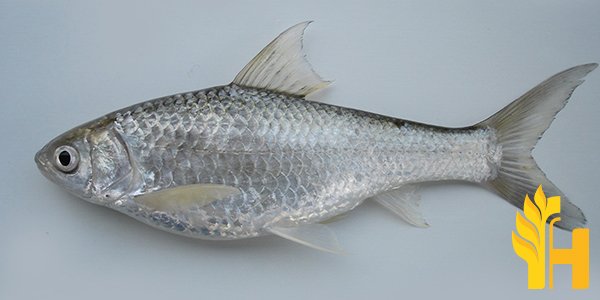Siamese Mud Carp price

Where to buy and sell Siamese Mud Carp, lowest (cheapest) and highest price.
check offers buy sell Siamese Mud CarpToday price for Siamese Mud CarpSiamese Mud Carp wholesale prices 2022
The Current commodity price of Siamese Mud Carp per kg, pound in the world in the global markets
Siamese Mud Carp
Henicorhynchus siamensis (Siamese Mud Carp) is a species of bony fishes in the family Cyprinidae. They are associated with freshwater habitats. Individuals can grow to 20.0 cm. They have sexual reproduction. H. siamensis are native to the Mekong basin in Cambodia, Laos, Thailand, and Vietnam. They have also been introduced into Singapore, Malaysia, Indonesia, and Australia. H. siamensis have a typical cyprinid head shape with 2 pairs of barbels near the mouth which are used to search for food on the bottom of the river and lake in which they reside. They have a characteristic black spot located on the dorsal fin, this is also seen in other species within the same genus. H. siamensis are omnivorous feeders, due to their ability to digest both plant and animal matter such as algae, planktonic crustaceans, and detritus. Males typically grow faster than females and reach sexual maturity in 2-3 years. They spawn in the early summer with spawning events that are initiated by rainfall or water level changes which are then followed by a period of increased activity on the part of male fish. H. siamensis exhibit typical schooling behavior during feeding and swimming, and at night tend to form large groups of several hundred fish. They are typically found in the middle and lower parts of rivers and lakes on mud or clay substrates. They typically live to be around 7 years of age and tend to grow larger in the presence of predators. They are primarily threatened by habitat destruction and pollution as it affects their food supply throughout their range. They are also susceptible to overfishing, introduced species, human-induced eutrophication, natural disasters such as flooding, water abstraction for irrigation, droughts, river regulation, and dam construction. H. siamensis are still abundant in areas where they have not been directly targeted by fisheries even though their overall range has contracted due to various alterations in the environment along with overfishing and habitat destruction. They are also of low economic value although occasional large specimens may be harvested for food in some areas.Global siamese mud carp production
The siamese mud carp is a freshwater fish that is native to Southeast Asia. It is an important food fish in the region and is also widely farmed. The global production of siamese mud carp was estimated to be 1.43 million tonnes in 2014. The majority of this production comes from China, where the fish is also known as the Chinese carp. The siamese mud carp is a popular dish in many Southeast Asian countries and is often cooked in a soup or stew. The fish has a mild flavor and firm flesh, making it suitable for many different dishes. In recent years, the siamese mud carp has become an increasingly important fish in aquaculture. The fish is easy to farm and has a high survival rate. It is also tolerant of a wide range of environmental conditions, making it suitable for farming in many different parts of the world. As the demand for siamese mud carp continues to grow, so does the need for sustainable farming practices. In order to meet this demand, farmers need to implement methods that will allow them to produce the fish in a way that is environmentally friendly and does not deplete the natural resources of the region. The siamese mud carp is an important food fish in Southeast Asia and is also widely farmed. The global production of siamese mud carp was estimated to be 1.43 million tonnes in 2014. The fish is easy to farm and has a high survival rate. In order to meet the growing demand for siamese mud carp, farmers need to implement sustainable farming practices.Download our new
Husfarm App
Stay up to date with the current prieces of agricultural products all over the world.
Do you want to sell agricultural products?
Are you an Agricultural processor looking for high-quality products to buy?
Post an ad for FREE!
